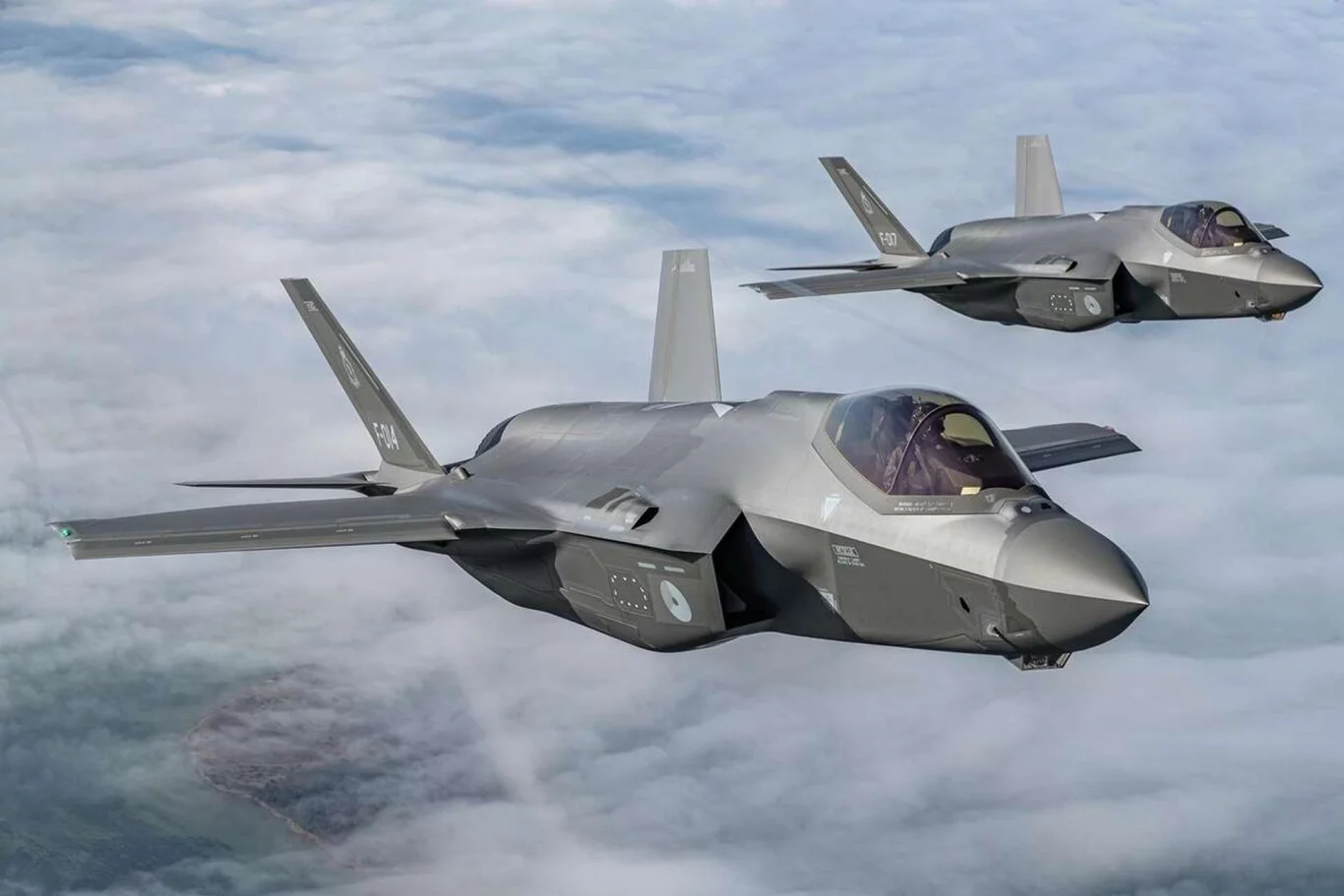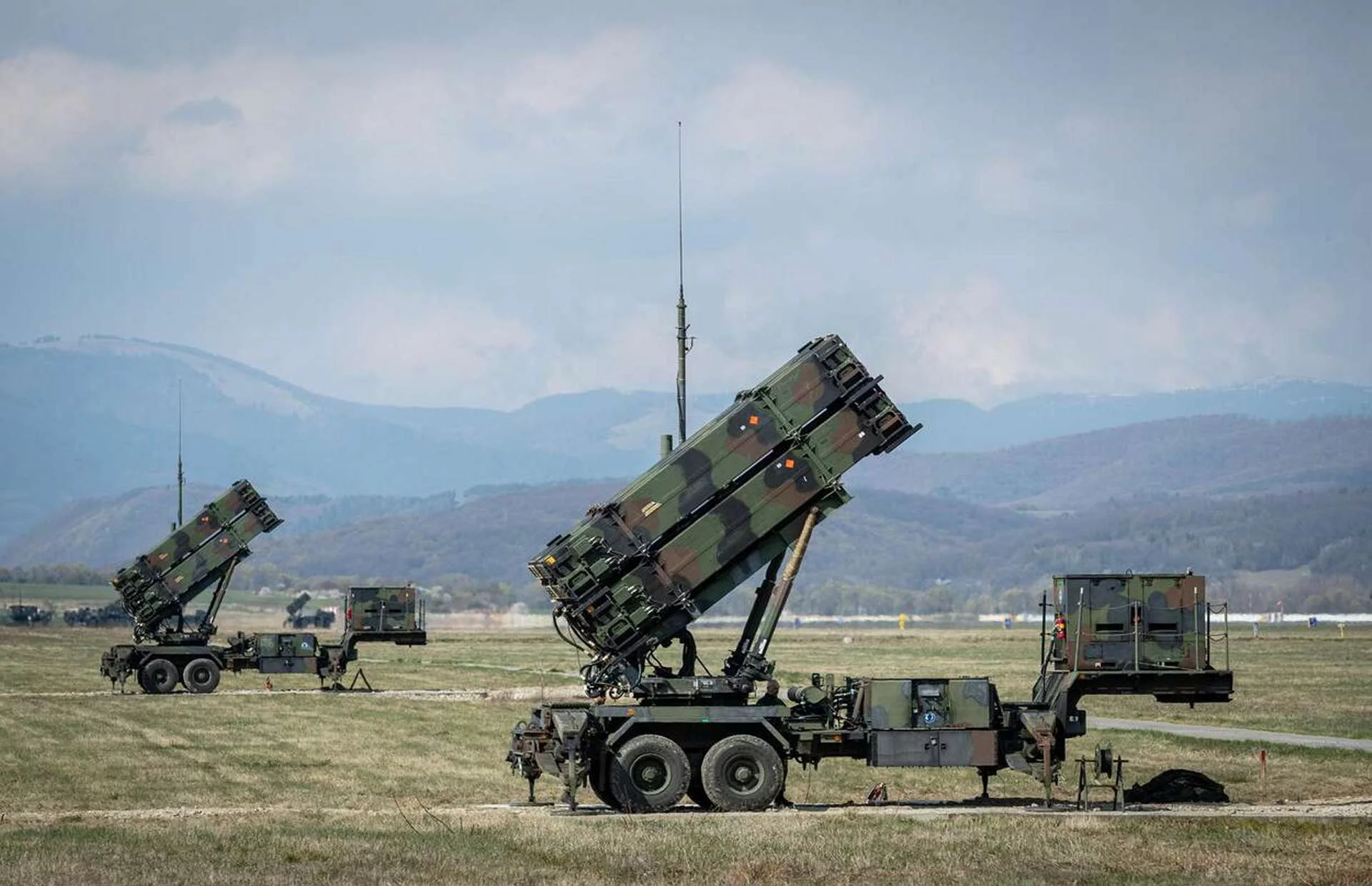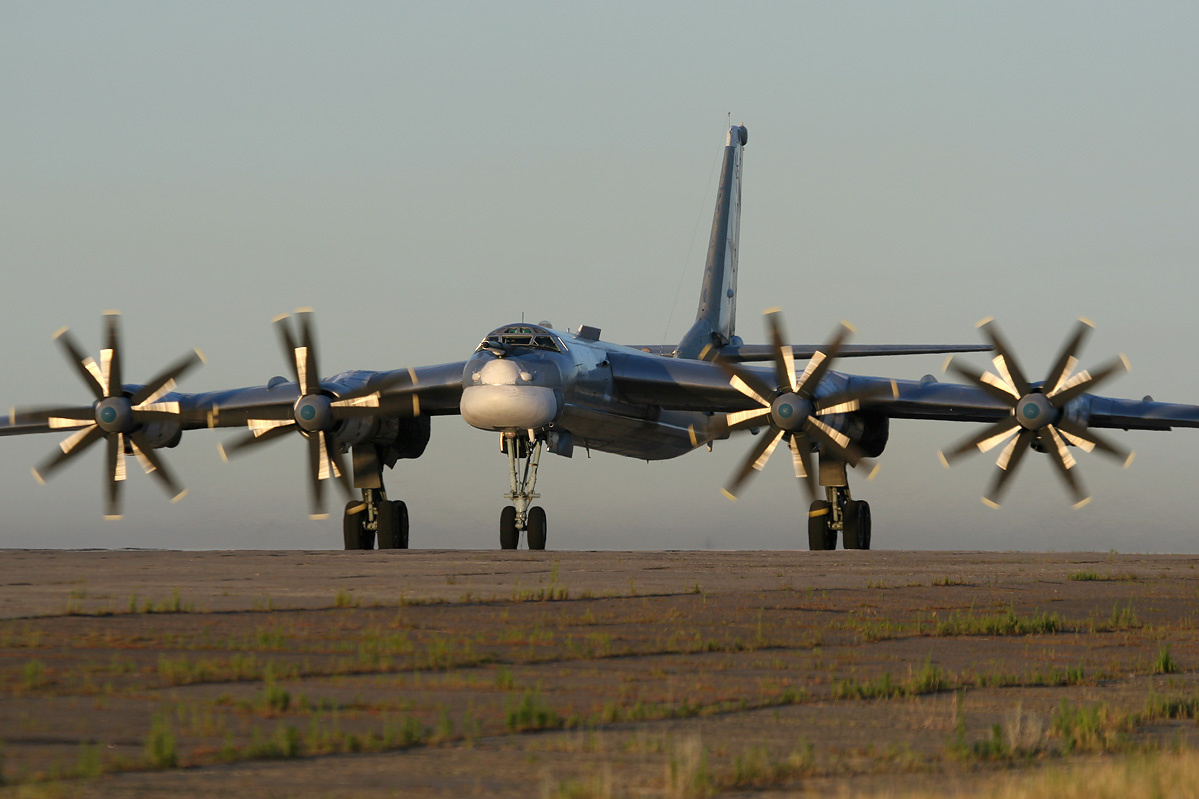In a significant display of international cooperation and a proactive commitment to collective defense, the Netherlands has recently embarked on a crucial mission, dispatching a dozen of its state-of-the-art F-35A Lightning II fighter jets to the United States. This deployment isn’t just a routine exercise; it’s a vital step in enhancing NATO’s air defense readiness through advanced training scenarios. The move underscores the Netherlands’ dedication to maintaining a highly capable air force and its pivotal role within the transatlantic alliance.
The Power of the Lightning II: A Game-Changer for NATO
The F-35A Lightning II is more than just a fighter jet; it’s a technological marvel, representing the pinnacle of modern aerial warfare. As a fifth-generation aircraft, it boasts an unparalleled combination of stealth capabilities, sensor fusion, supersonic speed, and extreme agility. Its advanced avionics system provides pilots with an unprecedented level of situational awareness, integrating data from multiple sensors to create a comprehensive picture of the battlespace. This allows F-35 pilots to detect threats earlier, engage targets with greater precision, and operate effectively in highly contested environments.
For NATO, the F-35 is a true game-changer. Its stealth characteristics allow it to penetrate sophisticated enemy air defenses undetected, while its advanced networking capabilities enable seamless communication and data sharing with other allied aircraft and ground assets. This interoperability is crucial for modern joint operations, allowing NATO forces to act as a cohesive, highly effective unit. The F-35’s ability to perform a wide range of missions – from air superiority and ground attack to intelligence, surveillance, and reconnaissance (ISR) – makes it an indispensable asset for the alliance’s collective defense.
Why Send 12 F-35As to the US? The Rationale Behind the Deployment
Sending 12 F-35As, a substantial portion of the Royal Netherlands Air Force (RNLAF) fleet, across the Atlantic for training is a strategic decision with multiple objectives:
- Access to Unrivaled Training Environments: The United States offers some of the most extensive and sophisticated air combat training ranges in the world. These ranges, often equipped with advanced threat emulators and robust debriefing facilities, allow pilots to engage in realistic, large-scale scenarios that cannot be replicated in smaller European airspaces. This provides invaluable experience against a wide array of simulated adversaries and complex operational challenges.
- Advanced Air Defense Integration: The training will focus heavily on integrating the F-35A into advanced air defense architectures. This includes practicing coordination with ground-based air defense systems, naval assets, and other allied aircraft in complex, multi-domain operations. Mastering these integrations is crucial for NATO’s ability to collectively defend its airspace against modern threats.
- Enhancing Interoperability with US Forces: Direct training alongside US Air Force, Navy, and Marine Corps F-35 units fosters a deeper level of interoperability. Pilots and ground crews will learn to operate seamlessly together, sharing tactics, techniques, and procedures (TTPs). This “muscle memory” is invaluable when allied forces need to deploy and operate together rapidly in a real-world contingency.
- Pilot and Maintainer Proficiency: Extended periods of intensive training are essential for maintaining and enhancing the proficiency of F-35 pilots. Flying in diverse conditions and complex scenarios sharpens their skills, decision-making, and understanding of the aircraft’s full capabilities. Similarly, maintainers benefit from working on the jets in a high-tempo operational environment, honing their expertise in keeping these advanced aircraft mission-ready.
- NATO’s Collective Defense Posture: Ultimately, this deployment is about strengthening NATO’s overall readiness. By having highly trained pilots and seamlessly integrated F-35 capabilities, the alliance presents a more formidable deterrent. It sends a clear message about NATO’s commitment to collective defense and its ability to respond effectively to any aggression.
The Road Ahead: A Commitment to Security
The deployment of 12 Dutch F-35As to the United States represents more than just a logistical undertaking; it’s a powerful symbol of international cooperation and a shared vision for a secure future. As global security challenges continue to evolve, the importance of highly trained personnel, cutting-edge technology, and robust alliances becomes ever more critical. The Netherlands, through this proactive step, is not only investing in its own national defense but also significantly contributing to the collective strength and deterrence capabilities of NATO, ensuring that the skies above remain safe and secure for all.




